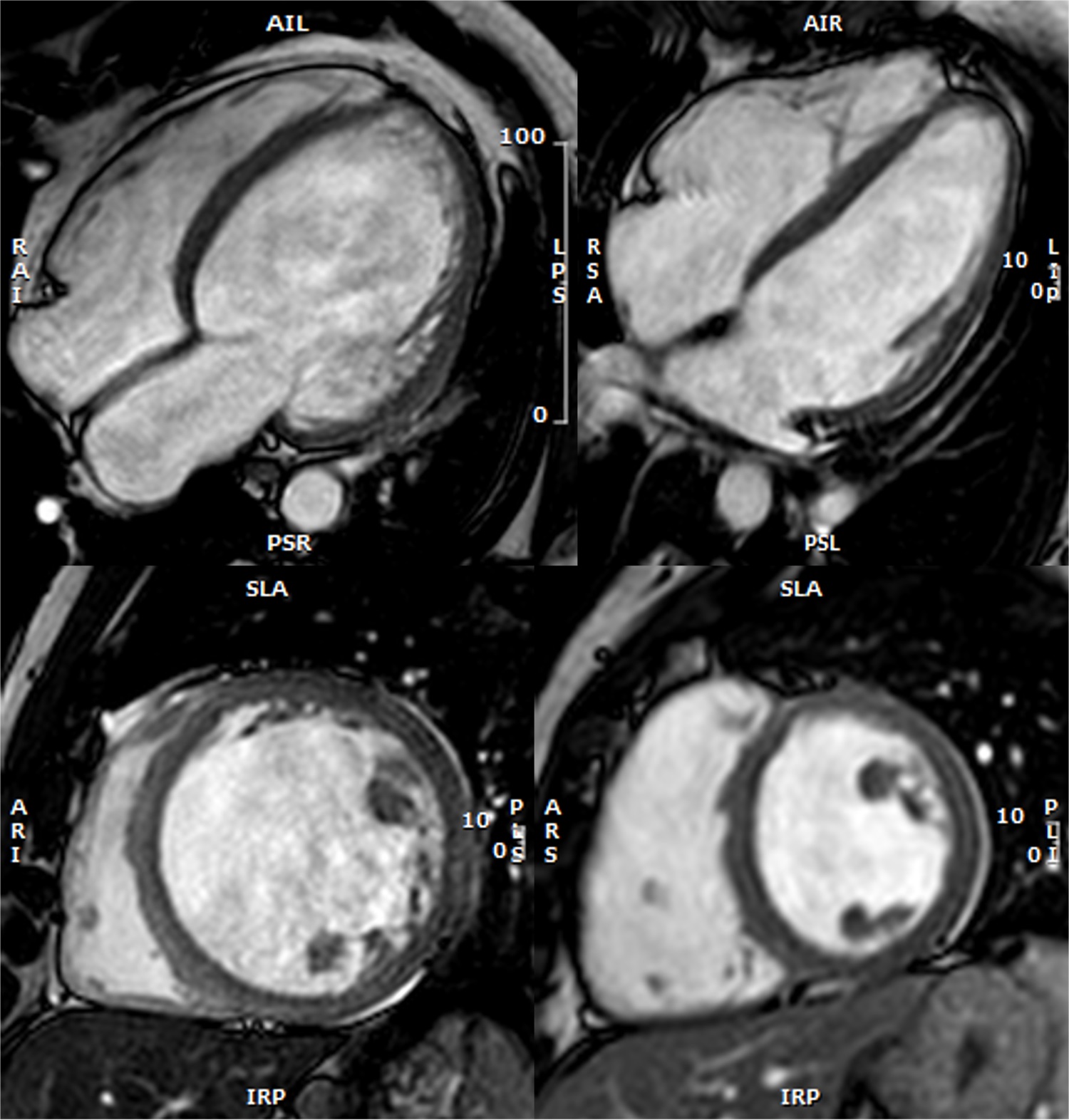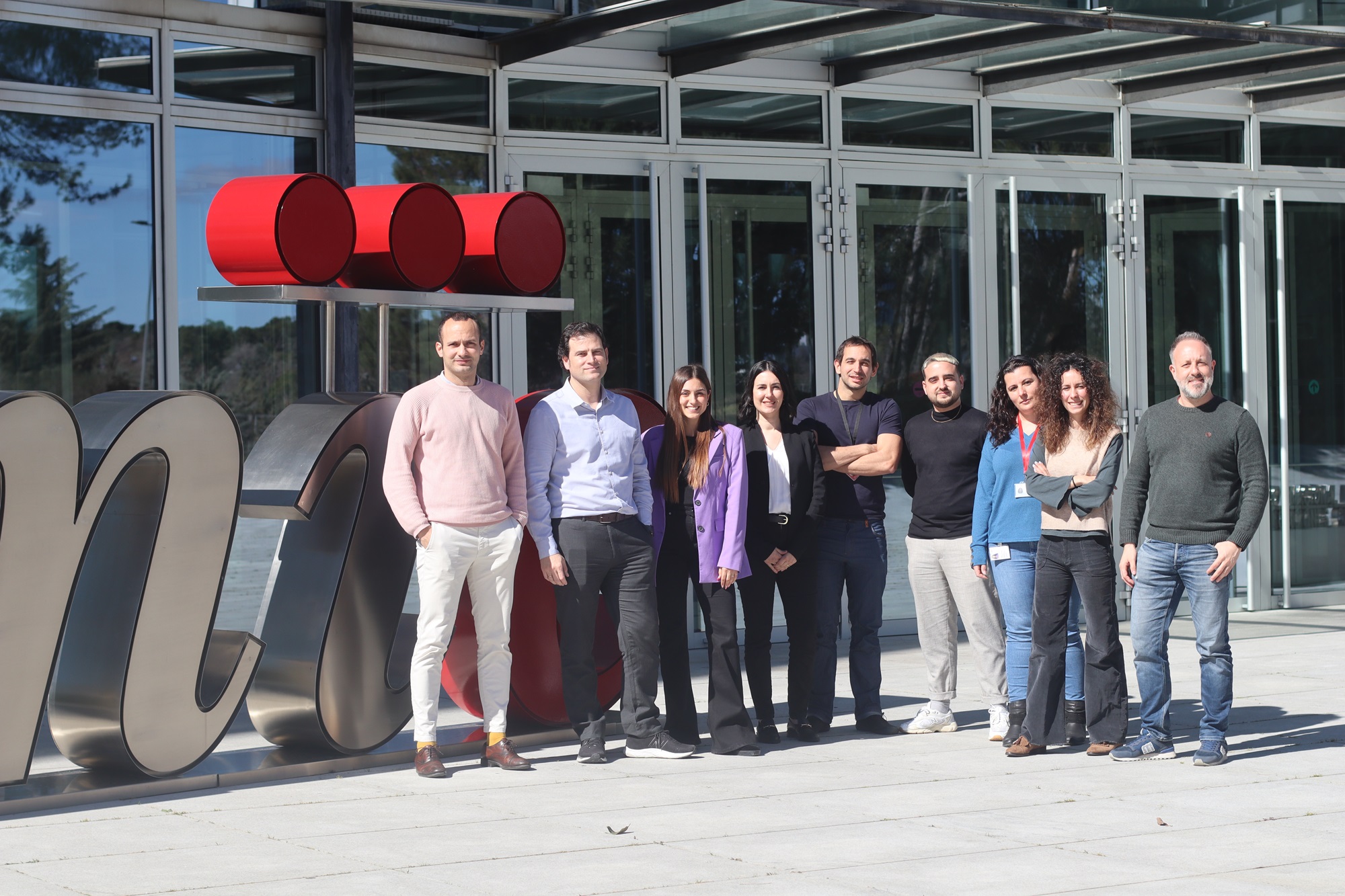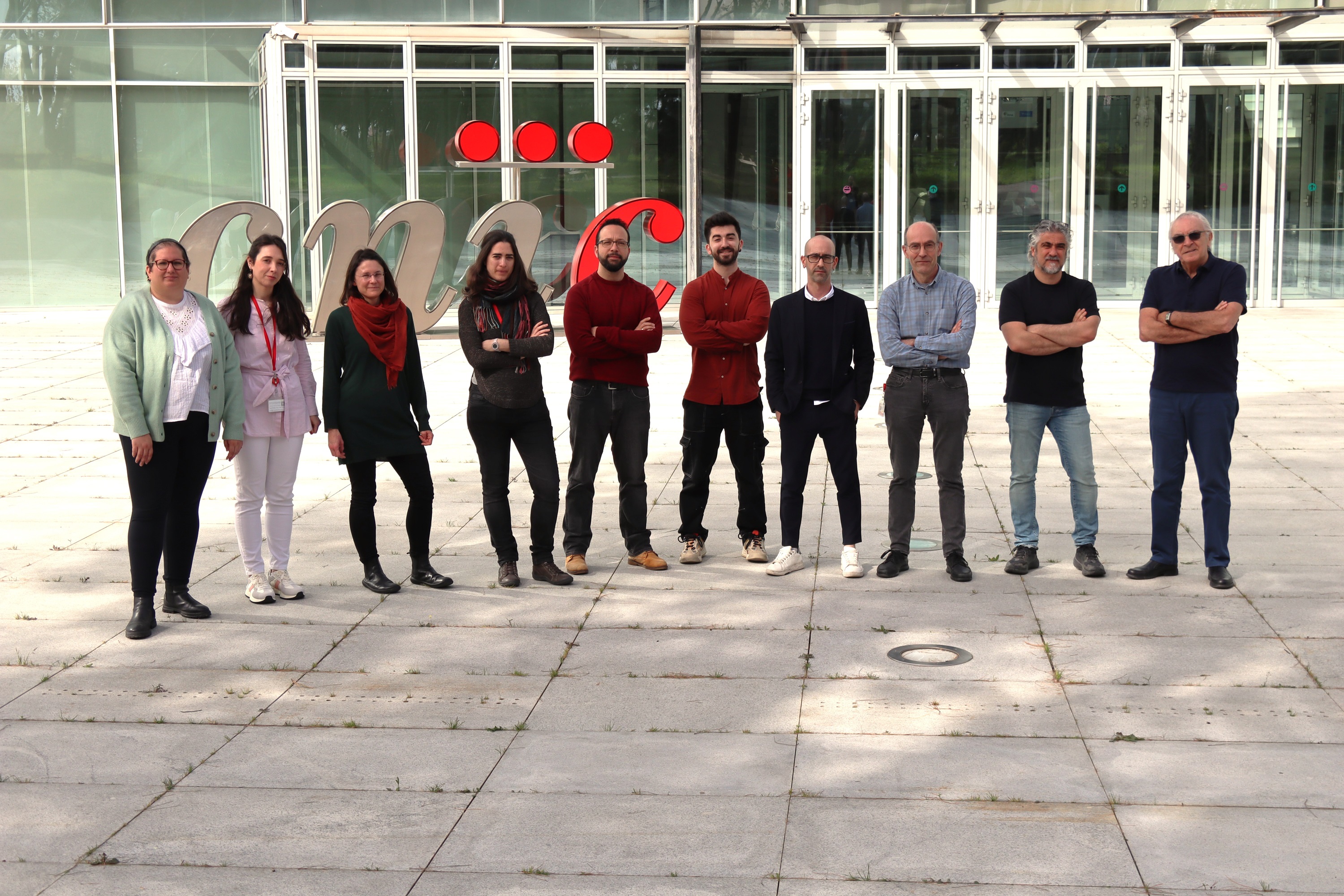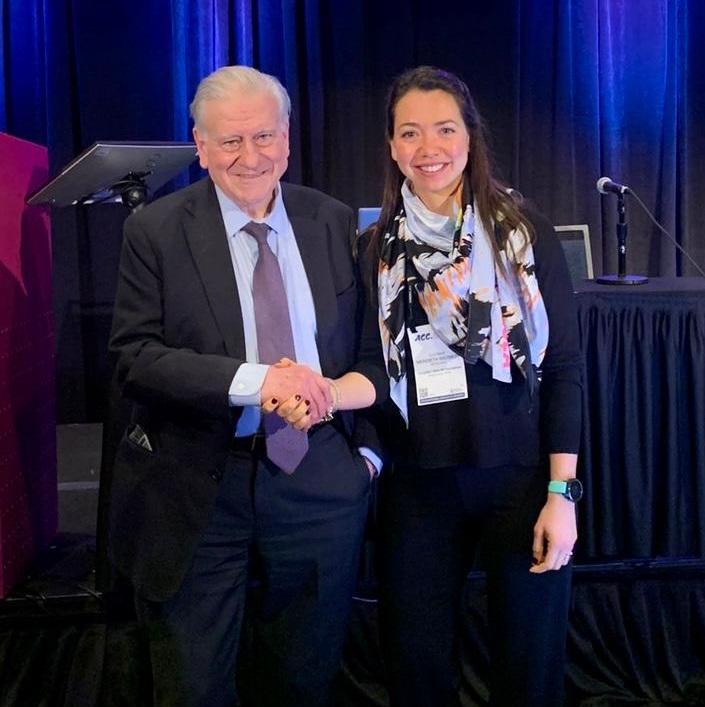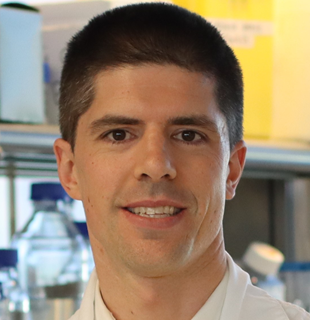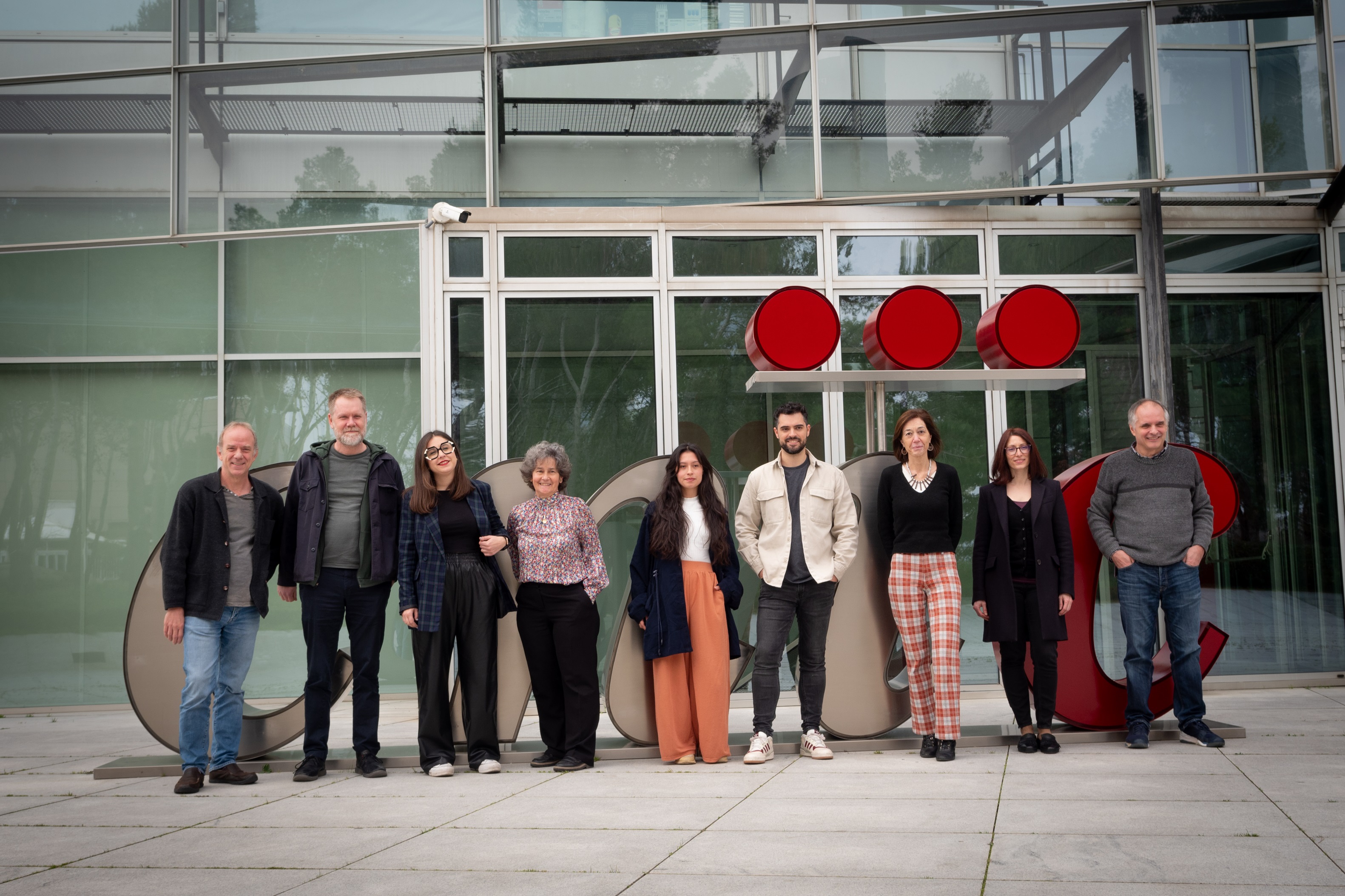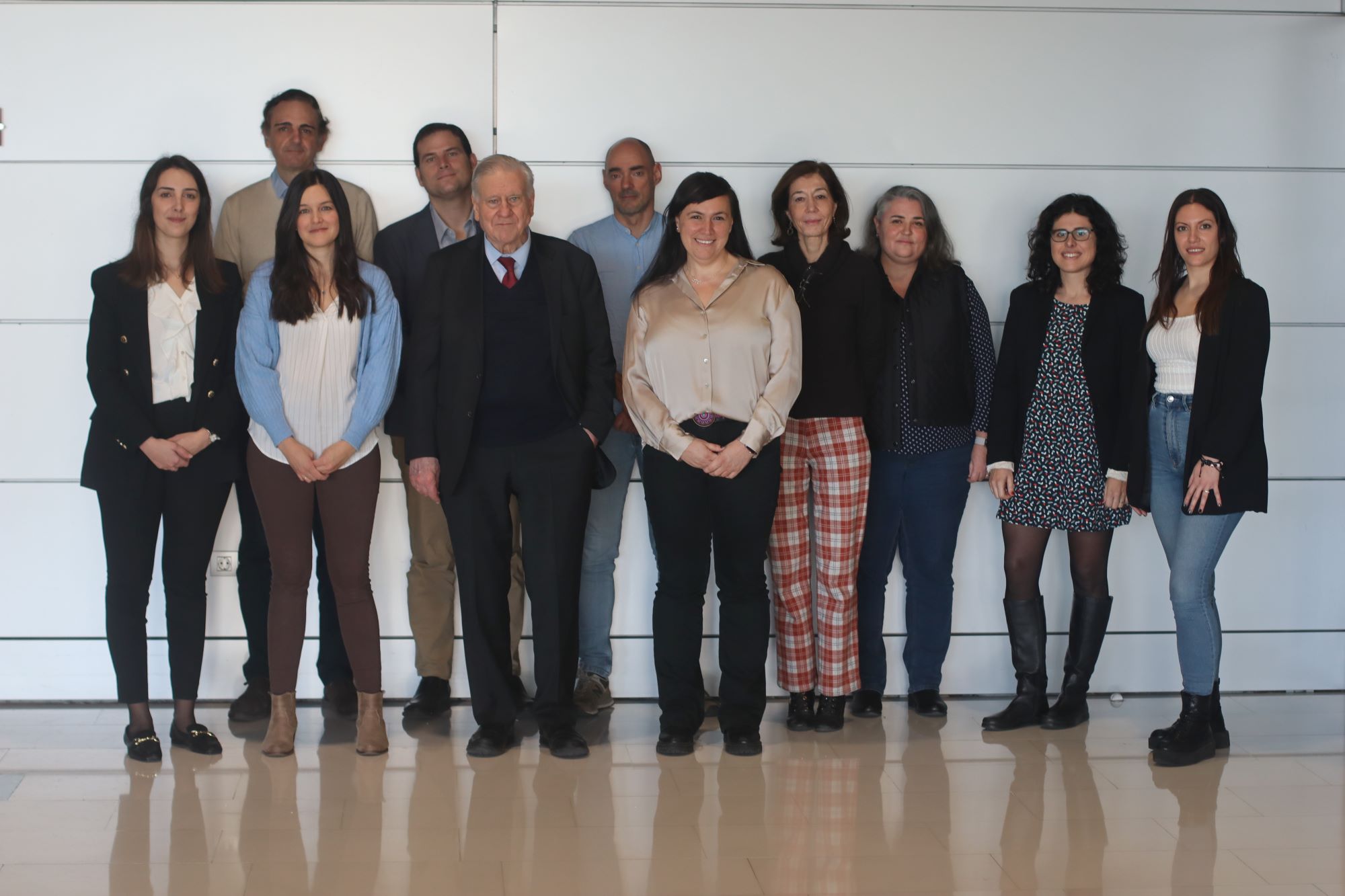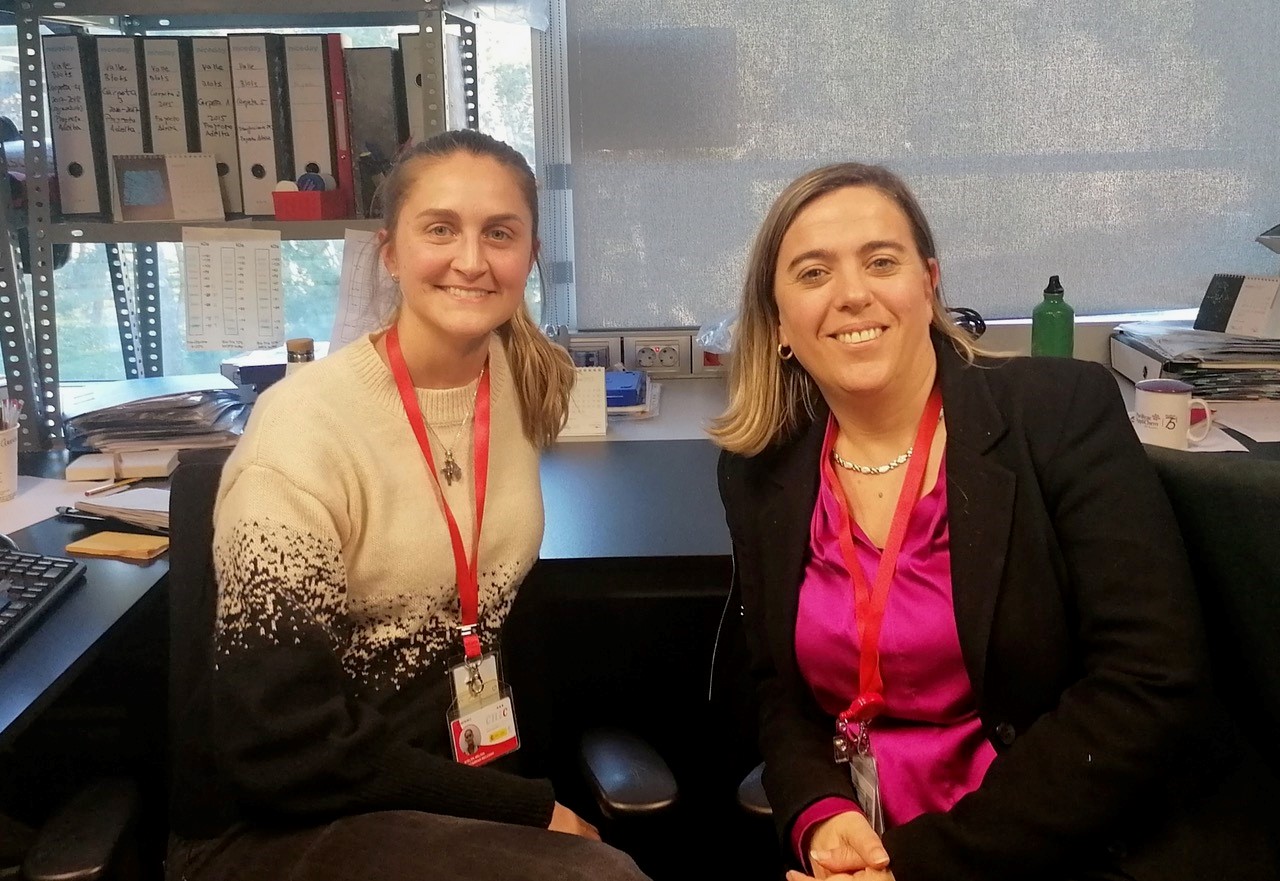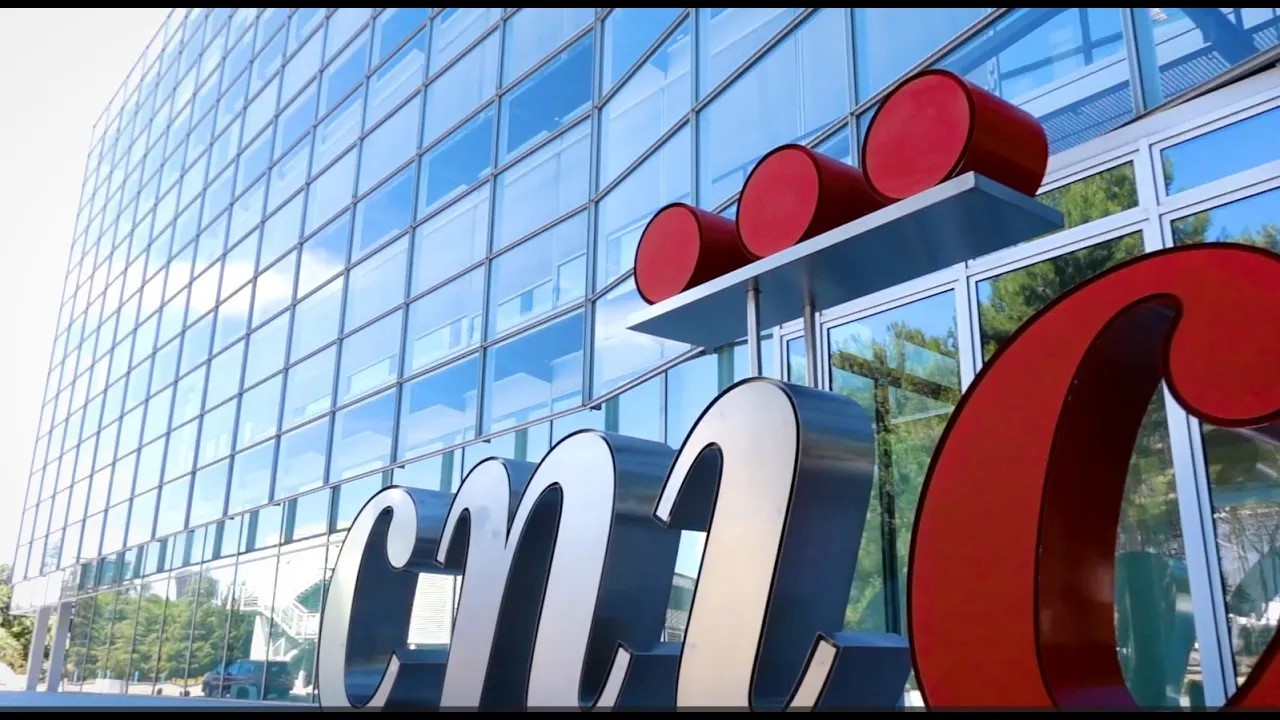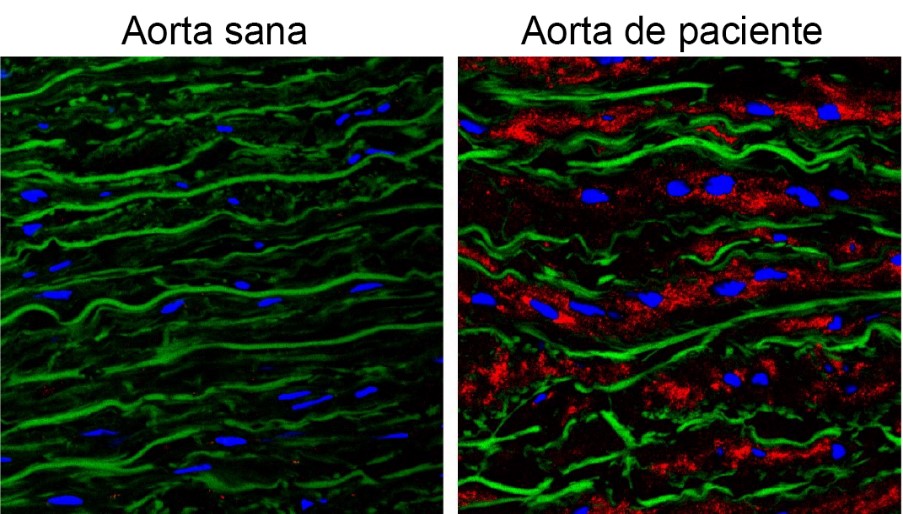News search
|
Research 19 Apr 2024 The results, published in JACC, suggest that these factors could be used to predict the risk of developing dilated cardiomyopathy and adapt strategies for patient care and disease detection in genetic carriers of the disease |
|
Research 16 Apr 2024 The study, published in the journal JACC: CardioOncology, identifies mitochondrial function and heart metabolism as targets for possible treatments to protect against anthracycline-induced cardiotoxicity |
|
Research 11 Apr 2024 CNIC researchers, led by Dr. José Jalife, have made a key discovery about cardiac arrhythmias in Andersen-Tawil syndrome (ATS) |
|
About the CNIC 10 Apr 2024 Guiomar Mendieta has been awarded the 2023 William W. Parmley Young Author Achievement Award for a paper published in JACC that is considered to an outstanding contribution in the field of atherosclerosis |
|
About the CNIC 15 Mar 2024 The award honours the quality and relevance of his research work in preventive medicine and on current challenges in the field of cardiology |
|
Research 1 Feb 2024 A study published in Nature Cardiovascular Research reveals smooth muscle-derived cells as a new target for reducing the size of atherosclerotic plaque. The results open up new avenues for the design of treatments to enhance the beneficial effect of cholesterol-lowering drugs |
|
Research 23 Jan 2024 The most potent genetic risk factor for Alzheimer disease, APOE4, is associated with an elevated risk of developing subclinical atherosclerosis in middle age, whereas the Alzheimer-protective variant of the same gene, APOE2, protects against subclinical atherosclerosis |
|
Research 19 Jan 2024 A team led by scientists from the CNIC and CNIO has identified a potential therapeutic target that protects the heart in patients with pulmonary hypertension |
|
Research 3 Jan 2024 A team led by scientists at the CNIC and CSIC has found that accumulation of versican in the aortas of Marfan syndrome patients triggers the activation of the nitric oxide pathway through the activation of the the protein AKT |
- ‹ previous
- 6 of 47
- next ›
